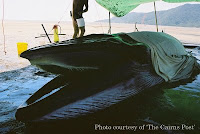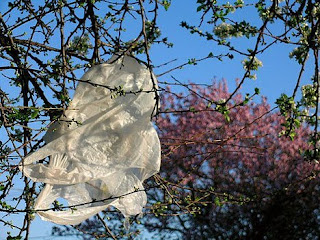I have a serious case of “dock rock;” I still feel like I’m on a boat and I’m probably walking like a drunken sailor.
Flying over hundreds of miles of the Atlantic Ocean today got me to thinking about the enormity of the world’s oceans. We really don’t know how much plastic is out there or how it’s affecting us. It was very clear from our conversations with Bermudians that they really care about marine debris. They’re 600 miles from the nearest land mass so the health of the ocean means a lot to them.
People in a busy US airport, however, are a somewhat different story. I’ve forgotten that airports are great places to observe human behavior and to appreciate the bonds people share. I saw great images such as a tall young man carrying 2 suitcases for an older woman and a father watching over a toddler playing with a stanchion near security. There’s a lot of beauty in human relationships. We’re on this planet together and we all play a role in the problems and the solutions of our world.
I went outside the airport because I had a three hour layover and I always prefer to be outside instead of inside. I like to feel the temperature, humidity and wind of different locations. Right outside the door, I saw two wrappers and a plastic lid to a coffee cup on the sidewalk. I just saw the impacts of careless litter 700 miles of the US coast; it was hard to see litter that would have gone out to sea if it hadn’t been picked up. It takes awhile to readjust to constantly seeing litter.
We have a long way to go to understand the impact of plastics in the ocean, to come to grips with our personal contributions, and ultimately, to find a way to balance our modern lives with the stewardship of our planet.
I don’t know what the answer is, but I know that I’ve just seen a life changing view of the problem.
We’ll compile data and distribute pictures and video from the trip. But it’s up to you and to each of us to accept the consequences of our past actions and to seek out solutions for the future.
Seeing the beauty of human interactions in the airport assures me that we can make progress if we work together to keep this planet worthy of the little girls dancing to Twinkle Twinkle Little Star in the middle of the Charlotte airport. They symbolize the people we individually care about, and the ones who’s future we are bound to protect.
Keep the faith.
Posted by Jennifer O'Keefe





